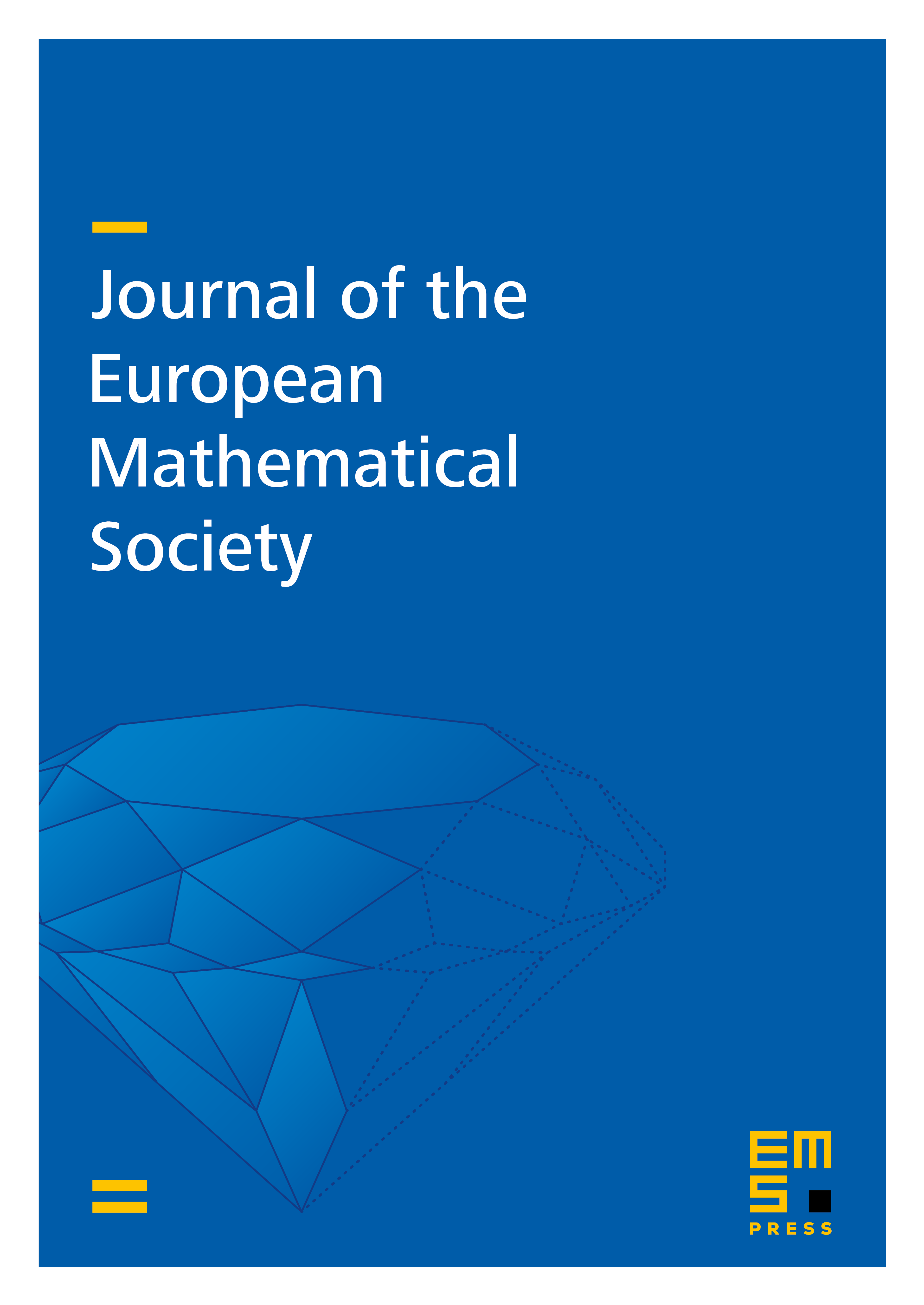Quasi-polynomial mixing of the 2D stochastic Ising model with “plus” boundary up to criticality
Eyal Lubetzky
New York University, USAFabio Martinelli
Università degli Studi Roma Tre, ItalyAllan Sly
University of California at Berkeley, USAFabio L. Toninelli
École Normale Supérieure de Lyon, France

Abstract
We considerably improve upon the recent result of [37] on the mixing time of Glauber dynamics for the 2D Ising model in a box of side at low temperature and with random boundary conditions whose distribution stochastically dominates the extremal plus phase. An important special case is when is concentrated on the homogeneous all-plus configuration, where the mixing time is conjectured to be polynomial in . In [37] it was shown that for a large enough inverse-temperature and any there exists such that . In particular, for the all-plus boundary conditions and large enough . Here we show that the same conclusions hold for all larger than the critical value and with replaced by (i.e. quasi-polynomial mixing). The key point is a modification of the inductive scheme of [37] together with refined equilibrium estimates that hold up to criticality, obtained via duality and random-line representation tools for the Ising model. In particular, we establish new precise bounds on the law of Peierls contours which complement the Brownian bridge picture established e.g. in [20,22,23].
Cite this article
Eyal Lubetzky, Fabio Martinelli, Allan Sly, Fabio L. Toninelli, Quasi-polynomial mixing of the 2D stochastic Ising model with “plus” boundary up to criticality. J. Eur. Math. Soc. 15 (2013), no. 2, pp. 339–386
DOI 10.4171/JEMS/363